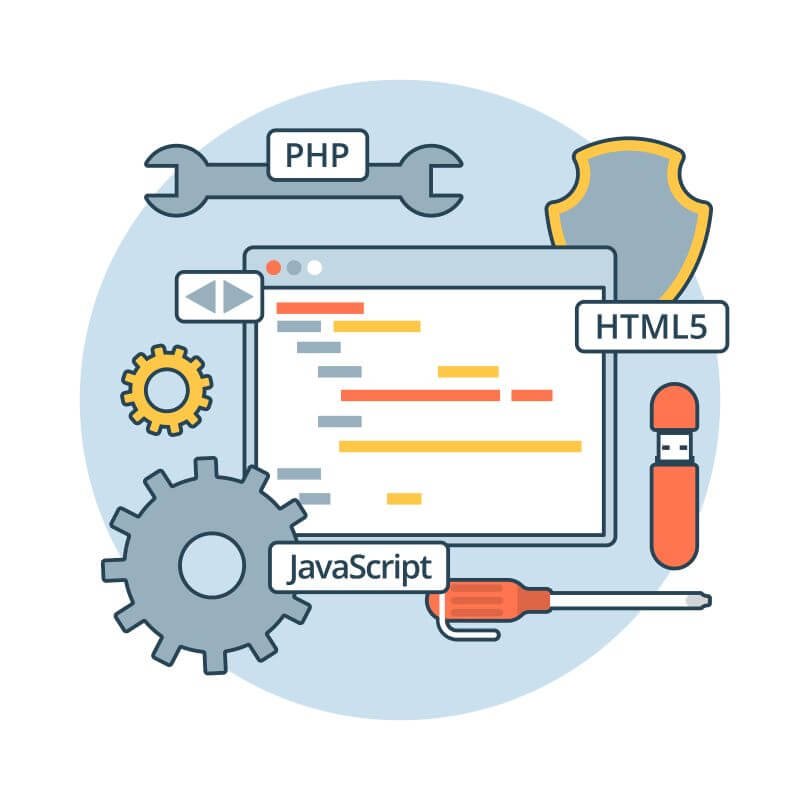If you’ve ever thought about building a website but felt overwhelmed by coding or design, then this blog is for you. Today, we’re diving into the rise of no-code tools and how they empower anyone to build beautiful and functional websites without writing a single line of code.
Whether you’re a beginner, a small business owner, or creative, these tools will open up a whole new world of possibilities.
Let’s get into it!
What Are No-Code Tools?
These are platforms that allow you to create websites and web applications visually, without needing to know HTML, CSS, or JavaScript. You simply drag and drop elements like text boxes, images, and buttons onto a canvas, and the platform takes care of the rest.

Key Aspects of No-Code Website Building
- Accessibility
- For Non-Developers: No-code platforms remove the barrier of learning programming, making web design accessible to entrepreneurs, small business owners, artists, educators, etc.
- Speed: Websites can be developed in hours or days rather than weeks or months, accelerating the go-to-market time for new ideas.
- Ease of Use
- Visual Interfaces: Tools like Wix, Webflow, and WordPress provide intuitive drag-and-drop builders where users can see their changes in real time.
- Templates and Pre-Built Components: Many platforms offer a variety of templates that can be customized, providing a starting point for those with little design experience.
- Functionality
- Complex Features Without Coding: From e-commerce functionalities to user authentication, no-code platforms have evolved to support complex features that used to require custom coding.
- Integration: Many no-code tools now offer integrations with services like payment gateways, CRM systems, or marketing tools, enhancing the capabilities of the websites created.
- Customization and Scalability
- While initially limited, no-code platforms have grown in sophistication, offering greater customization options. Some even allow for “low-code” enhancements where users can inject custom code if needed.
- Scalability: Modern no-code solutions can handle scaling, making them viable for growing businesses.
- Community and Support
- Many no-code platforms have vibrant communities where users share templates, plugins, or advice, fostering a collaborative environment for learning and improvement.
Implications
- Empowerment: Individuals and small teams can now prototype, test, and launch websites or online businesses without significant upfront investment in tech talent.
- Education: Schools and universities might increasingly incorporate no-code into curriculums, teaching digital literacy and entrepreneurship through practical website building.
- Innovation: With more people able to experiment with website concepts, we might see a surge in innovative web applications and business models.
Future Trends
- AI Integration: No-code platforms are increasingly incorporating AI, not just for design but for content creation, site optimization, and user experience personalization.
- Mobile-First Design: As mobile usage continues to grow, no-code tools are focusing more on creating mobile-friendly designs effortlessly.
- Advanced Functionality: Expect more complex operations like real-time data processing, machine learning applications, or even AR/VR elements to be accessible via no-code platforms.
Read also: Best AI Tools for Making Websites
Challenges
- Limitations: While no code has come far, there are still limitations in terms of customization depth or handling very specific use cases.
- Dependency: Users might become heavily reliant on one platform, making it challenging to switch or scale beyond what the platform offers.
- Security and Privacy: As more critical business operations move to no-code solutions, ensuring data security and compliance with regulations like GDPR becomes crucial.
Conclusion
The rise of no-code tools in website building signifies a shift towards a more inclusive digital world where creativity and business judgment can thrive without technical barriers.
While traditional coding will always have its place, no-code platforms have undeniably expanded who can participate in web development, fostering a new wave of digital innovation.